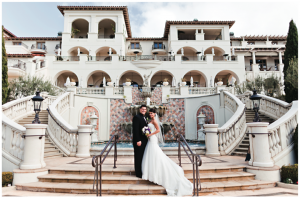The Golden Gates of San Francisco
In its 75th year, the famous bridge remains a symbol of what great minds and tenacity can accomplish.
By Marry Morales
His finger pointed determinedly, 4-year-old Jackson Robert led his grandmother from Legoland California’s Miniland USA Star Wars display down the stairs to a scene of skyscrapers and cable cars. “Grandma, it’s San Francisco!” he exclaimed, his finger pointing, of course, at a 98,000-Lego brick version of one of the world’s most- photographed icons: the Golden Gate Bridge.
People young and old recognize this 746-foot-tall, 1.7-mile-long steel suspension bridge with its famous truss arches connecting the city with its northern neighbor, Marin County. Designed by Joseph Strauss, Irving Morrow and others, its international orange image instantly transports hearts back to San Francisco.
 “The Golden Gate Bridge is San Francisco’s Eiffel Tower,” says Gray Brechin, founder and project scholar of California’s Living New Deal Project at the University of California, Berkeley. Brechin also holds a doctorate in geography from the university. “It seems nearly every city has an instantly recognizable icon. Before the Golden Gate, it was the Ferry Building for San Francisco.”
“The Golden Gate Bridge is San Francisco’s Eiffel Tower,” says Gray Brechin, founder and project scholar of California’s Living New Deal Project at the University of California, Berkeley. Brechin also holds a doctorate in geography from the university. “It seems nearly every city has an instantly recognizable icon. Before the Golden Gate, it was the Ferry Building for San Francisco.”
Beating the Odds
Completed in 1937 at a cost of $35 million, the Golden Gate Bridge project raised questions about why the city made such a huge financial outlay during a financial downturn. “It was built to open up the Redwood Empire to transportation. Marin, Sonoma and Humboldt counties were fairly inaccessible,” Brechin explains. “We are very fortunate the bridge turned out as well as it did because the original motivation was economic.”
 Naysayers said it would cost too much, that the span was too long, the currents too strong and the winds too harsh—gusts have been recorded at upwards of 70 miles per hour. They said no structure could withstand these natural elements. Yet over the years, the bridge has stood as a testament to resisting the forces of nature, with only three weather-related closures in its history so far—the longest lasting less than four hours.
Naysayers said it would cost too much, that the span was too long, the currents too strong and the winds too harsh—gusts have been recorded at upwards of 70 miles per hour. They said no structure could withstand these natural elements. Yet over the years, the bridge has stood as a testament to resisting the forces of nature, with only three weather-related closures in its history so far—the longest lasting less than four hours.
“The bridge was built during the Great Depression,” says Mary Currie, public affairs director for the Golden Gate Bridge Highway and Transportation District, and one of the people at the helm of an on- going, yearlong 75th anniversary celebration. “Today we’re also experiencing a difficult economic time. We’re celebrating what the bridge means by reaching out and getting the community involved, just as it was when it was first built.”
Perilous Heights
Construction of the Golden Gate took just over four years, beginning in January 1933 and ending in the spring of 1937. Crews had to remove more than three million cubic feet of earth and pour the equivalent of two skyscrapers worth of concrete. Workers faced cold winds and dense fog while perched more than 500 feet above the water, working with swinging steel beams and superheated rivets.
 Still, the project has been hailed as one of the safest of its scale in history, with just two deadly accidents leading to 11 deaths during its construction. Ten men died at the same time on Feb. 17, 1937, when a section of scaffolding carrying 12 men fell through the safety net that was suspended under the floor of the bridge from end to end. The net is said to have saved at least 19 lives during construction. Fall survivors are said to have joined the “Halfway to Hell Club,” the name given to this group whose certain deaths were prevented by the net.
Still, the project has been hailed as one of the safest of its scale in history, with just two deadly accidents leading to 11 deaths during its construction. Ten men died at the same time on Feb. 17, 1937, when a section of scaffolding carrying 12 men fell through the safety net that was suspended under the floor of the bridge from end to end. The net is said to have saved at least 19 lives during construction. Fall survivors are said to have joined the “Halfway to Hell Club,” the name given to this group whose certain deaths were prevented by the net.
In the 75 years since the bridge’s completion, more people have died jumping from the bridge’s foot decks than during its construction. The first suicide was recorded 10 weeks after the bridge opened, and, according to Highway and Transportation District records, deaths average about 30 per year, though strong currents under the bridge mean many bodies are never recovered. Some sources claim that the bridge is the site of more suicide jumps than any other place in the world, something the Office of the Medical Examiner of the City and County of San Francisco could not confirm. This reality has led to the installation of suicide hotline phones, a ban on nighttime foot traffic and talk of installing a $45 million safety net.
First Steps
On the day the bridge opened to foot traffic on May 27, 1937, communities on both sides of the bridge heralded its opening with parades and fireworks.
From 6 a.m. until 6 p.m., an estimated 15,000 people per hour paid 25 cents each to walk onto the bridge. Locals were eager to be the first to do something, anything, on the bridge, it seemed, from the first to run across to the first to push a baby carriage. Some of these feats were recorded: Florentine Calegeri, a houseman from the Palace Hotel, was the first to walk across the bridge and back on stilts. Sisters Carmen and Minnie Perez were the first to roller skate across. Boy Scout Troop Number 5 of San Anselmo carried the first rope across the span. Charles Connor and Charles McFarlane of San Francisco were the first mail carriers to cross the bridge. Eleven-year-old Anna Marie Anderson was the first person reported lost, and found, on the bridge—and so on throughout the bridge’s 75-year history.
The Highest Form of Flattery
 Legoland builders aren’t the only ones who have recreated what the American Society of Civil Engineers named one of the Seven Wonders of the Modern World in 1994, a list that includes the Panama Canal and the Empire State Building.
Legoland builders aren’t the only ones who have recreated what the American Society of Civil Engineers named one of the Seven Wonders of the Modern World in 1994, a list that includes the Panama Canal and the Empire State Building.
“The bridge has been made out of every kind of material imaginable,” Currie says. “Twizzlers, toothpicks, French fries. You name it. This bridge captures people’s imaginations.”
In 1977, then 17-year-old Rohnert Park, Calif., resident Scott Weaver reproduced the Golden Gate Bridge out of toothpicks and Elmer’s glue. When he was done with the bridge, he decided to keep building, recreating all of San Francisco. He claims he was offered $40,000 for the 100,000-plus toothpick creation by Ripley’s Believe It or Not, but turned it down.
International Orange
One often-replicated feature of the bridge is the reddish orange color of the trusses that cut through the dense Bay Area fog. Contrary to one popular belief, the bridge was not named for its vibrant color¬—which might have been yellow and black horizontal stripes if the Navy had its way. Instead, the bridge is named for the approximately 3-mile-long and 1-mile-wide entrance from the Pacific Ocean into the San Francisco Bay—the Golden Gate Strait.
The color of the bridge was inspired by the red lead color of a construction site along Morrow’s commute, selected because it blended well with the nearby hills and contrasted with the ocean and sky. Black, grey and aluminum were considered and ruled out before arriving at the international orange used in the aerospace industry to set things apart from their surroundings.
In the first year following the initial construction, a staggering $112,000 was spent on paint maintenance. Painting continues today, with two major paint projects underway in 2012. The bridge is not painted from end- to-end each year, as reputed, but receives regular touch- ups continuously to prevent corrosion from the salty air.
Impressive Heights
More than anything, the Golden Gate Bridge acts as a beacon, a meeting ground and the inspiration for great feats.
In 1954, at age 40, fitness frontman Jack LaLanne swam the length of the bridge with a 140-pound weight attached to himself; in 1975, at 61, he repeated the swim, this time towing a 1,000 pound boat with his hand reportedly bound behind him.
Before the 1984 Los Angeles Olympics, and again in 2008 before the games in Beijing, the Olympic torch was carried across the span of the bridge. That famous crossing in 2008 inspired Free Tibet protestors to climb the bridge’s cables to hang a Tibetan flag and signs that read “No Olympic Torch in Tibet.” Over the years, protestors have chained themselves to the bridge to capture national attention for causes ranging from the Iraq war to their own potential deportation.
The Golden Gate Bridge has been on numerous magazine covers, including a February 1976 cover of “Rolling Stone.” Photos of Pope John Paul II’s stop at a bridge vista point on his 1987 spiritual outreach tour of the U.S. ended up in newspapers and magazines around the world. The bridge was also featured on a U.S. postage stamp in 1998 and has been a star in movies from “The Maltese Falcon” to “Herbie Rides Again” to “Monsters vs. Aliens.”
More fun facts: At least three babies—all boys—have been born on the bridge. A deer once bounded across the entire span of the bridge and around one year later, a six-foot-tall ostrich broke loose from a cargo van on the bridge, stopping commuter traffic.
“The Golden Gate Bridge has been a symbol of inspiration, innovation, forward motion and creativity to the Bay Area as well as to the country,” says Currie.
As many a 4-year-old knows, the steel structure is the ultimate symbol of San Francisco.
A GOLDEN CELEBRATION
To culminate the yearlong celebration of the iconic bridge’s 75th year, public officials are hosting The Golden Gate Festival—a Memorial Day weekend bash held in the spirit of the inaugural 1937 Golden Gate Fiesta. Themed “Bridging Us All,” the festival will include a historic watercraft parade, multiple music and dance stages, art installations and historical presentations, with the hub of activities taking place on Crissy Field and the Marina Green.
Activities will take place across the city, with bridge-themed events and performances scheduled at other landmarks as well, including Ghirardelli Square, Fisherman’s Wharf and Pier 39. On Sunday, May 27, the weekend will culminate in a spectacular display of fireworks commemorating the 75th anniversary in a grand finale celebration.
Tributes to the Bridge, the yearlong series of public programs, kicked off in 2011 and featured open houses, exhibits, bridge walks, runs and swims, contests and more.
In 1987, an estimated 600,000 to 800,000 people came out for the 50th anniversary celebration, which centered largely on pedestrian traffic on the bridge and led to a great deal of congestion—and even fears that the bridge might collapse under the weight of so much foot traffic. The 75th anniversary celebration will take place on the waterfront, Currie says, with the bridge as the backdrop. (goldengatebridge75.org)
GOLDEN GATE MARY
Served at the lounge bar at The St. Regis San Francisco is the Golden Gate Mary cocktail, created in celebration of a 75th anniversary—but not that of the Golden Gate Bridge. In 2009, the signature drink was introduced at The St. Regis San Francisco as a nod to the original bloody mary cocktail, invented in 1934 at least in part by a bartender at The St. Regis New York. Introduced as the “Red Snapper,” the bloody mary’s anniversary incarnation is served with a regional twist at The St. Regis San Francisco—Don Julio Añejo tequila and chili pepper-infused tomato water, strained into a spice- rimmed cocktail glass and garnished with a dried heirloom tomato chip. The Golden Gate Mary, inspired by the orange and red tones of its namesake, remains a popular menu item to-date. (125 Third St.; 415-284-4000; stregissanfrancisco.com)

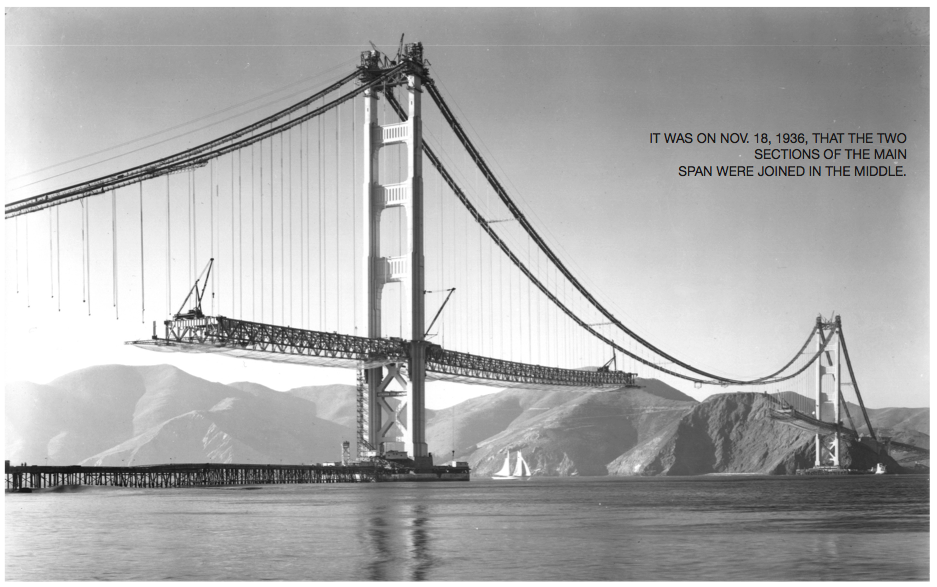

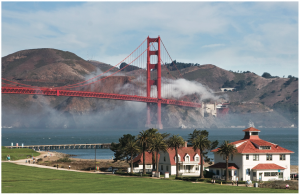
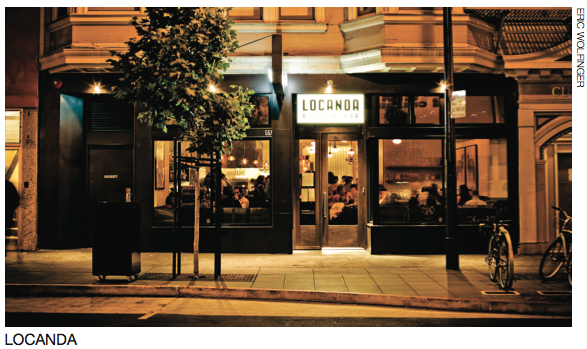
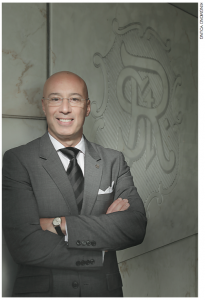

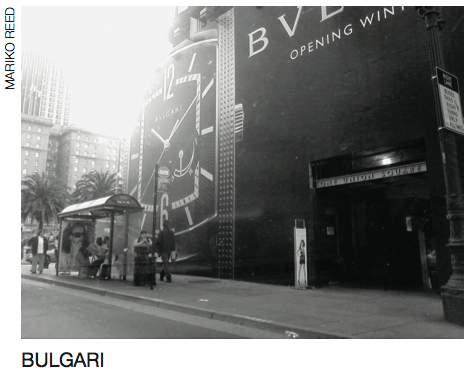

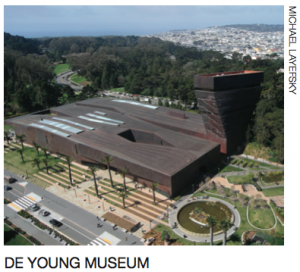 “I always urge guests to visit the de Young Museum for both its current exhibits and permanent collections.” This spring, San Francisco will welcome, with great anticipation, “The Fashion World of Jean Paul Gaultier: From Sidewalk to Catwalk.” Guests can then hop across the green landscape that separates the de Young from the California Academy of Sciences, where they’re sure to enjoy all exhibits from the planetarium to rainforest dome,” Barrios says. (de Young Museum, 50 Hagiwara Tea Garden Dr.; 415-750- 3600; deyoungmuseum.org)
“I always urge guests to visit the de Young Museum for both its current exhibits and permanent collections.” This spring, San Francisco will welcome, with great anticipation, “The Fashion World of Jean Paul Gaultier: From Sidewalk to Catwalk.” Guests can then hop across the green landscape that separates the de Young from the California Academy of Sciences, where they’re sure to enjoy all exhibits from the planetarium to rainforest dome,” Barrios says. (de Young Museum, 50 Hagiwara Tea Garden Dr.; 415-750- 3600; deyoungmuseum.org)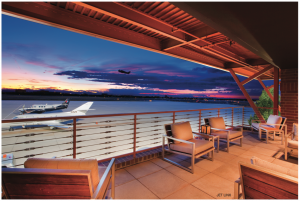



 The Benefits of Ownership
The Benefits of Ownership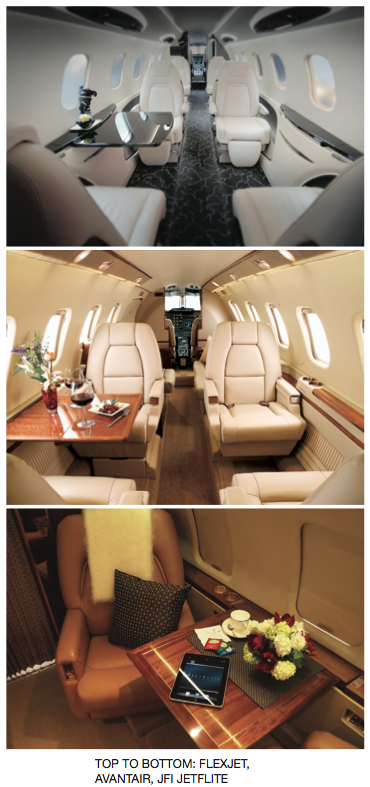 Jet Card Programs
Jet Card Programs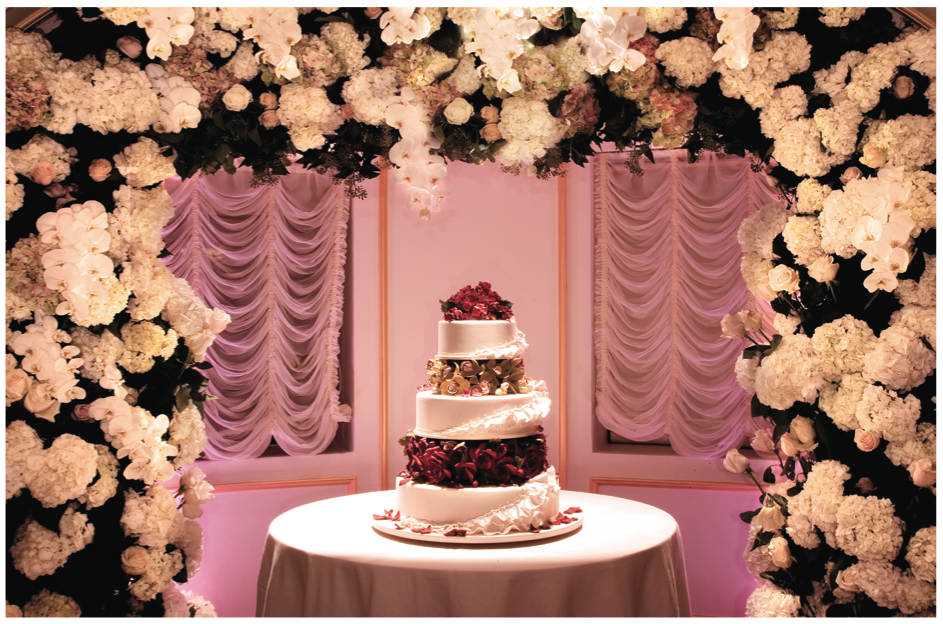
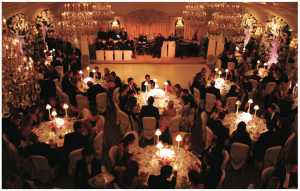
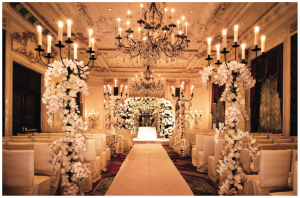
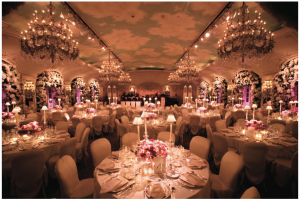
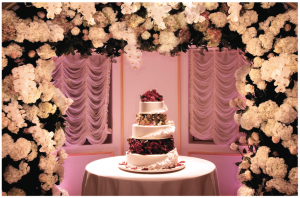
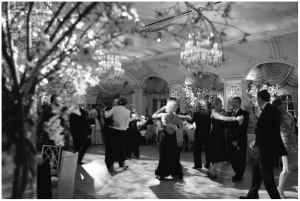
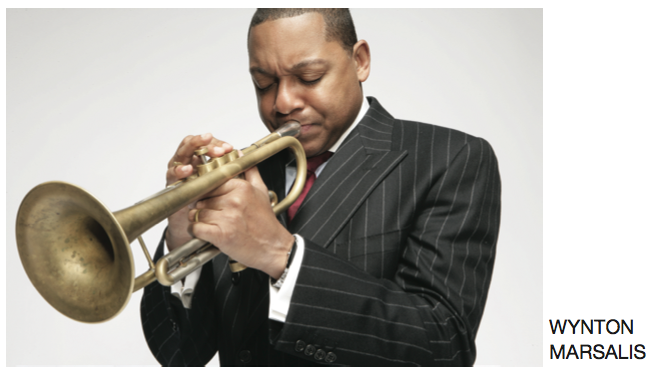


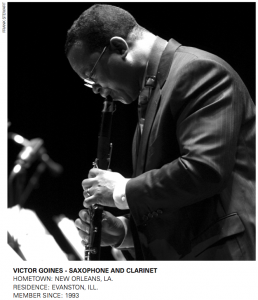

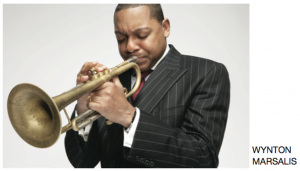

 Q: I wonder if you could talk about the rapport of the orchestra?
Q: I wonder if you could talk about the rapport of the orchestra?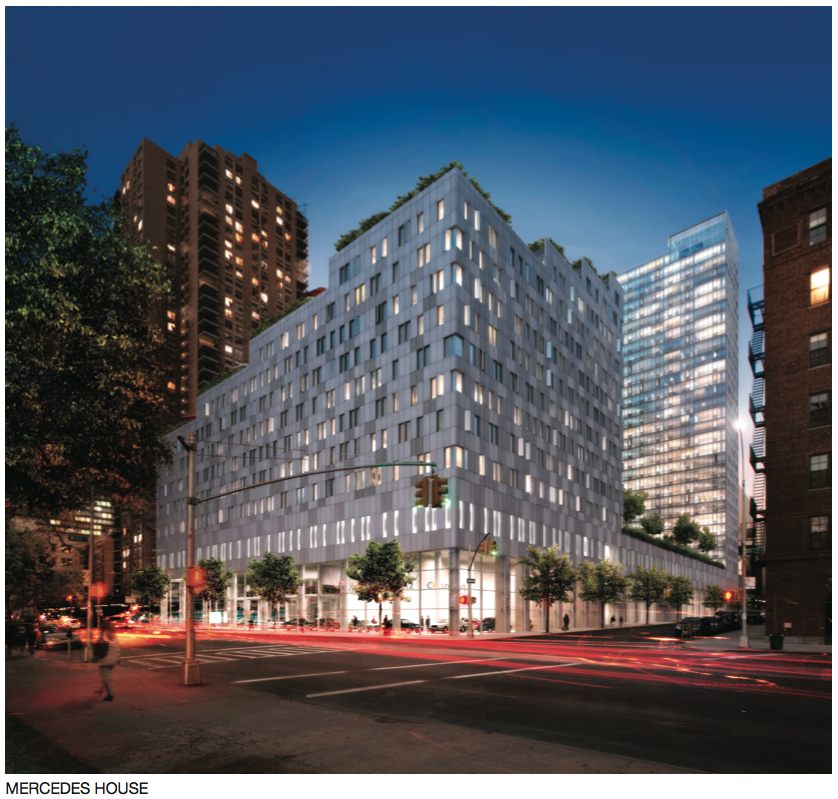
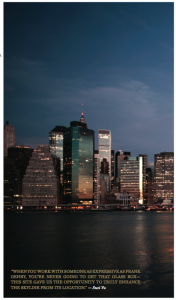
 Equally significant to the architect and developers, however, was contextualizing the building both within its built environment and within the community. “Frank Gehry’s main concern was how his building would dialogue with the Woolworth, and he was very conscious of characteristics of its setbacks and massing when creating his own design,” Yu says, adding that more than 200 site models were created in planning the building. “Gehry’s goal was to take an idea from the Woolworth’s exterior and articulate that using his own creative vision.”Creating context within the community was a project taken on by both the architect and developers. In addition to rental units, the building houses a new public school on its first five floors, as well as an ambulatory care center for New York Downtown Hospital, and below ground medical parking.
Equally significant to the architect and developers, however, was contextualizing the building both within its built environment and within the community. “Frank Gehry’s main concern was how his building would dialogue with the Woolworth, and he was very conscious of characteristics of its setbacks and massing when creating his own design,” Yu says, adding that more than 200 site models were created in planning the building. “Gehry’s goal was to take an idea from the Woolworth’s exterior and articulate that using his own creative vision.”Creating context within the community was a project taken on by both the architect and developers. In addition to rental units, the building houses a new public school on its first five floors, as well as an ambulatory care center for New York Downtown Hospital, and below ground medical parking.
 The demand for high design in residential high-rise buildings has also begun to make a notable impact further up in Manhattan. On the west side of midtown Manhattan, one of the most striking additions over the past year is the zigzag-styled footprint of futurist Mercedes House, a residential tower designed by Enrique Norten of TEN Arquitectos and developed by Two Trees Management.
The demand for high design in residential high-rise buildings has also begun to make a notable impact further up in Manhattan. On the west side of midtown Manhattan, one of the most striking additions over the past year is the zigzag-styled footprint of futurist Mercedes House, a residential tower designed by Enrique Norten of TEN Arquitectos and developed by Two Trees Management.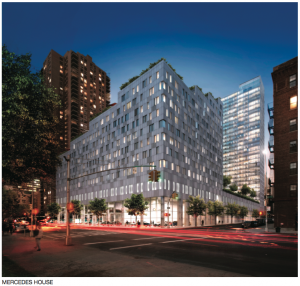

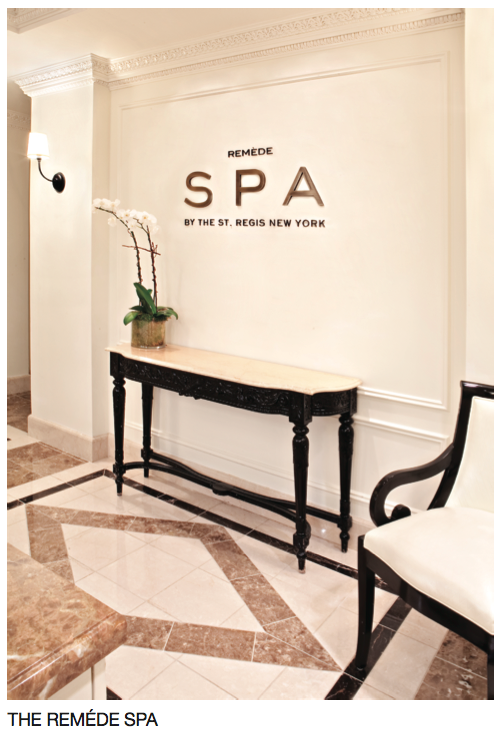
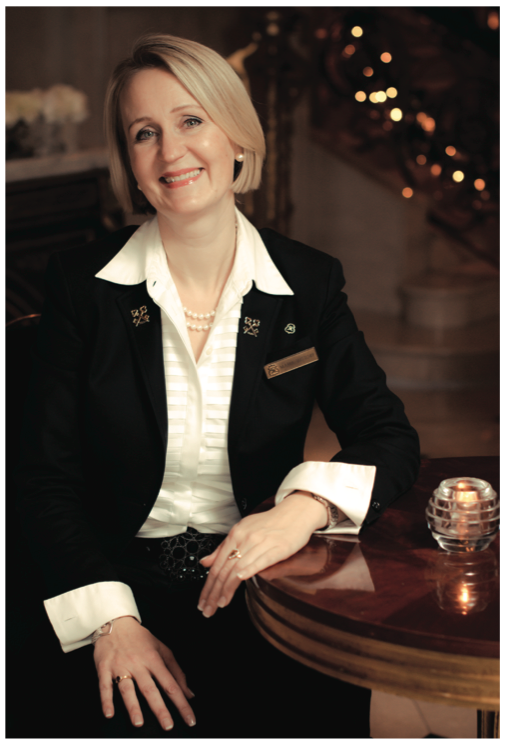
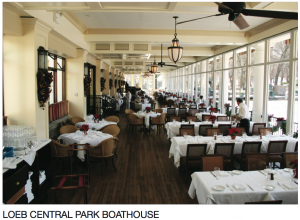
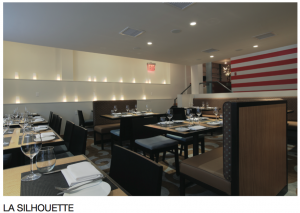
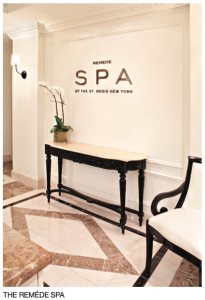 “Be it a massage or a facial, taking care of yourself is paramount,” says Wittorp-Dejonge. The Reméde Spa at The St. Regis New York offers in-room and in-spa services that provide comfort and relaxation at the utmost convenience. (Remède Spa at The St. Regis New York; 212-339-6715; stregisnewyork.com)
“Be it a massage or a facial, taking care of yourself is paramount,” says Wittorp-Dejonge. The Reméde Spa at The St. Regis New York offers in-room and in-spa services that provide comfort and relaxation at the utmost convenience. (Remède Spa at The St. Regis New York; 212-339-6715; stregisnewyork.com) Wittorp-Dejonge and her team also insist that the Ralph Lauren store on Madison Avenue is a “must-stop-by,” with timeless and impeccable bedding, decorative home accessories and apparel for the whole family. (Ralph Lauren, 867 madison ave.; 212-606-2100; stores.ralphlauren.com)“Alex & Lorenzo Home is another great place to find something new to spruce up the house,” she says. Whimsical wall art, lighting, pillows and tabletop accents fill this charming lexington avenue boutique. (Alex & Lorenzo Home, 1048 lexington ave.; 212-288-1920; alexandlorenzohome.com)After refreshing your space, refresh your own—or a special lady in your life’s—wardrobe with “the latest looks for spring and summer” from “quintessential designer Donna Karan” by visiting her sleek, couture boutique on Madison Avenue. (Donna Karan, 819 madison ave.; 212-861-1001; donnakaran.com)
Wittorp-Dejonge and her team also insist that the Ralph Lauren store on Madison Avenue is a “must-stop-by,” with timeless and impeccable bedding, decorative home accessories and apparel for the whole family. (Ralph Lauren, 867 madison ave.; 212-606-2100; stores.ralphlauren.com)“Alex & Lorenzo Home is another great place to find something new to spruce up the house,” she says. Whimsical wall art, lighting, pillows and tabletop accents fill this charming lexington avenue boutique. (Alex & Lorenzo Home, 1048 lexington ave.; 212-288-1920; alexandlorenzohome.com)After refreshing your space, refresh your own—or a special lady in your life’s—wardrobe with “the latest looks for spring and summer” from “quintessential designer Donna Karan” by visiting her sleek, couture boutique on Madison Avenue. (Donna Karan, 819 madison ave.; 212-861-1001; donnakaran.com)
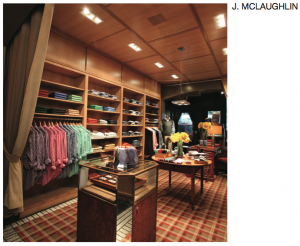


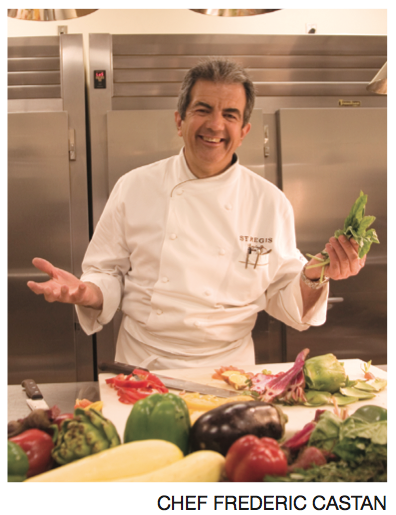
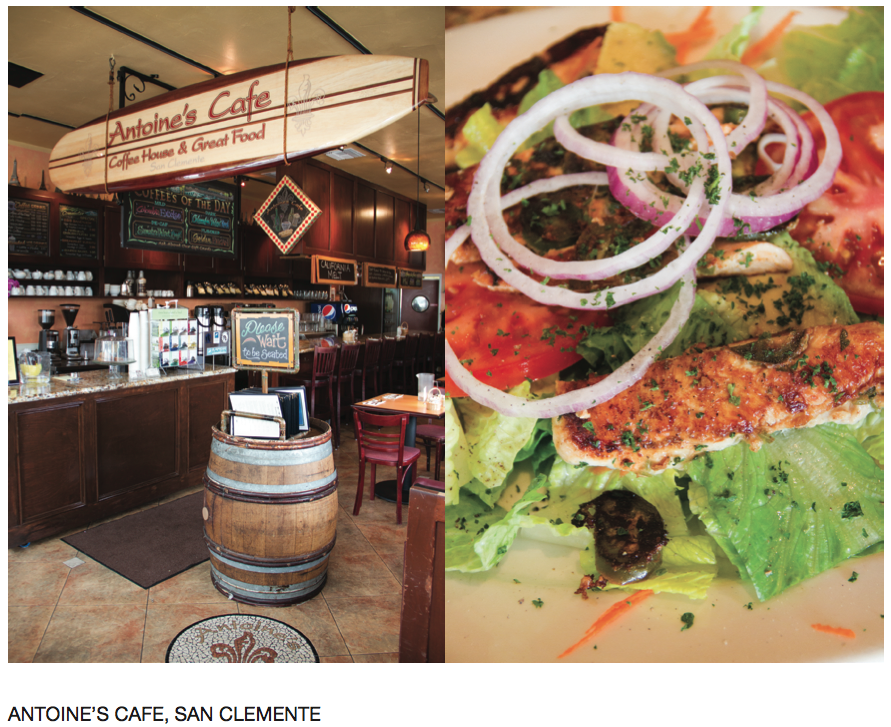 reminds me of my youth,” Castan says. “It’s a small café on a little street. It’s very casual. The food is made by the owner, so it’s very homemade.” Small, only boasting seven or eight tables, chef Castan appreciates the intimate atmosphere. “It feels like a little café in France or a home. They have very good coffee. I enjoy a good cup of coffee with my wife. Sometimes, we have a pastry or a little egg. Very simple thing, but very, very good, but mainly it has that feel to me of my youth in France. That’s why I enjoy it.”
reminds me of my youth,” Castan says. “It’s a small café on a little street. It’s very casual. The food is made by the owner, so it’s very homemade.” Small, only boasting seven or eight tables, chef Castan appreciates the intimate atmosphere. “It feels like a little café in France or a home. They have very good coffee. I enjoy a good cup of coffee with my wife. Sometimes, we have a pastry or a little egg. Very simple thing, but very, very good, but mainly it has that feel to me of my youth in France. That’s why I enjoy it.”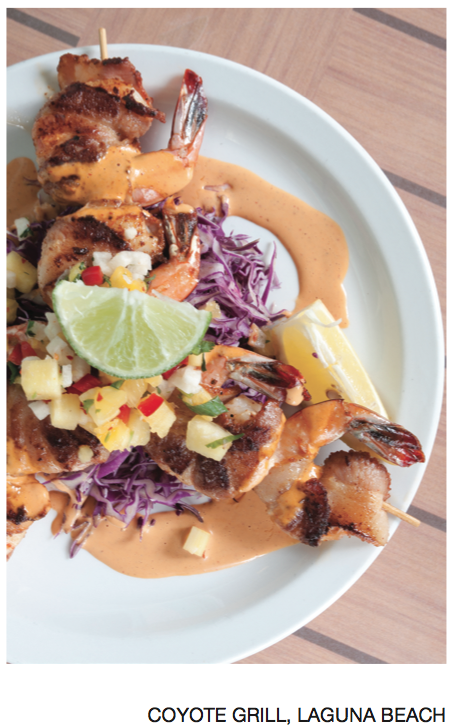 It’s always busy because people know how good it is. My wife is Mexican, and we’ve gone down to Mexico to visit family many times. I have come to really enjoy the cooking. This place is the only place that we’ve found that is a very authentic Mexican restaurant.”
It’s always busy because people know how good it is. My wife is Mexican, and we’ve gone down to Mexico to visit family many times. I have come to really enjoy the cooking. This place is the only place that we’ve found that is a very authentic Mexican restaurant.”
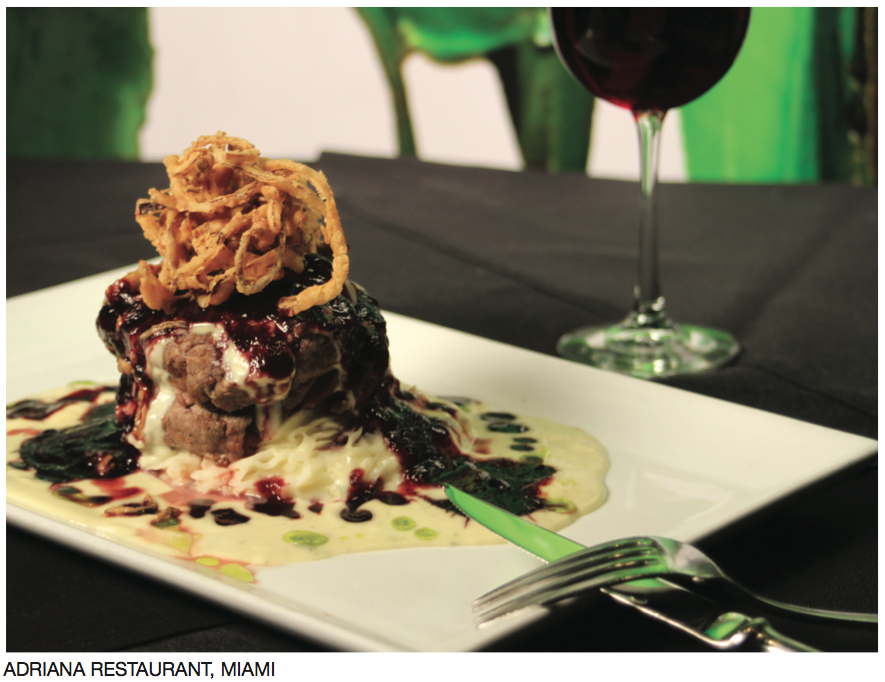
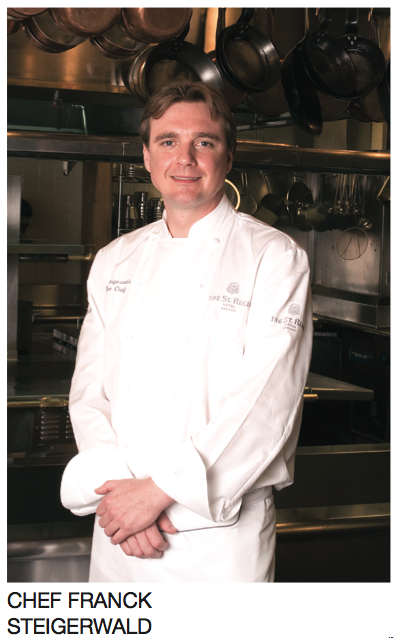


 A third restaurant that is one of chef Signorelli’s favorites is the Banana Leaf in Houston (bananaleafhouston.com). “The Banana Leaf has authentic Malaysian food made by Malaysian chefs. Their specialties are dishes made with homemade spicy noodles.”
A third restaurant that is one of chef Signorelli’s favorites is the Banana Leaf in Houston (bananaleafhouston.com). “The Banana Leaf has authentic Malaysian food made by Malaysian chefs. Their specialties are dishes made with homemade spicy noodles.”
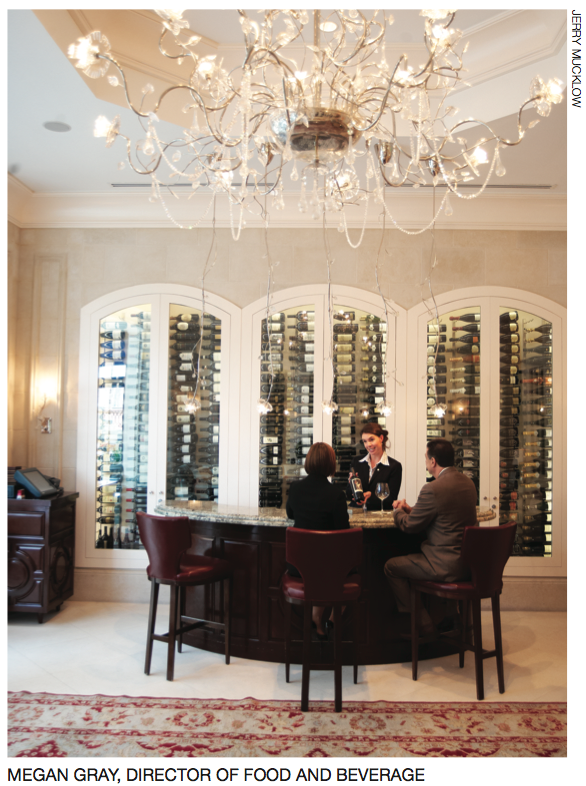
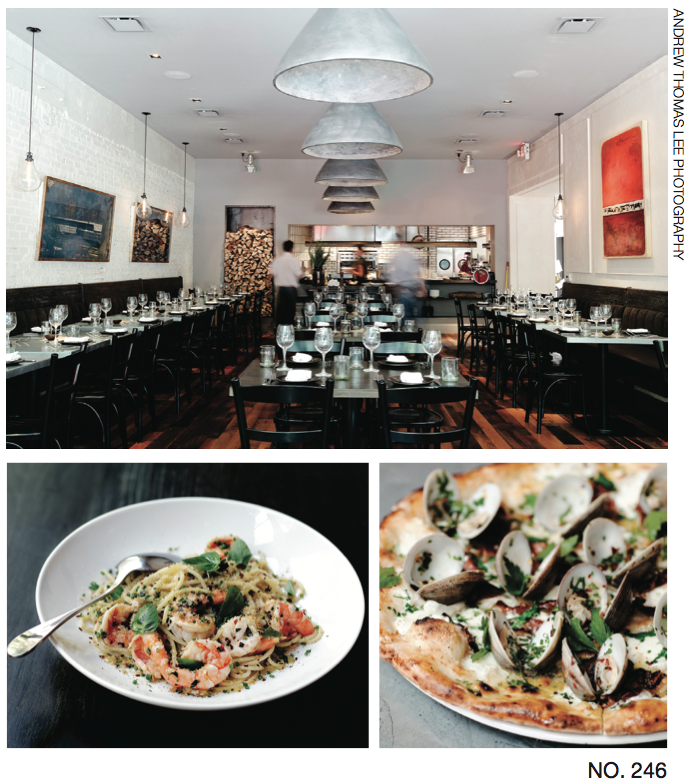
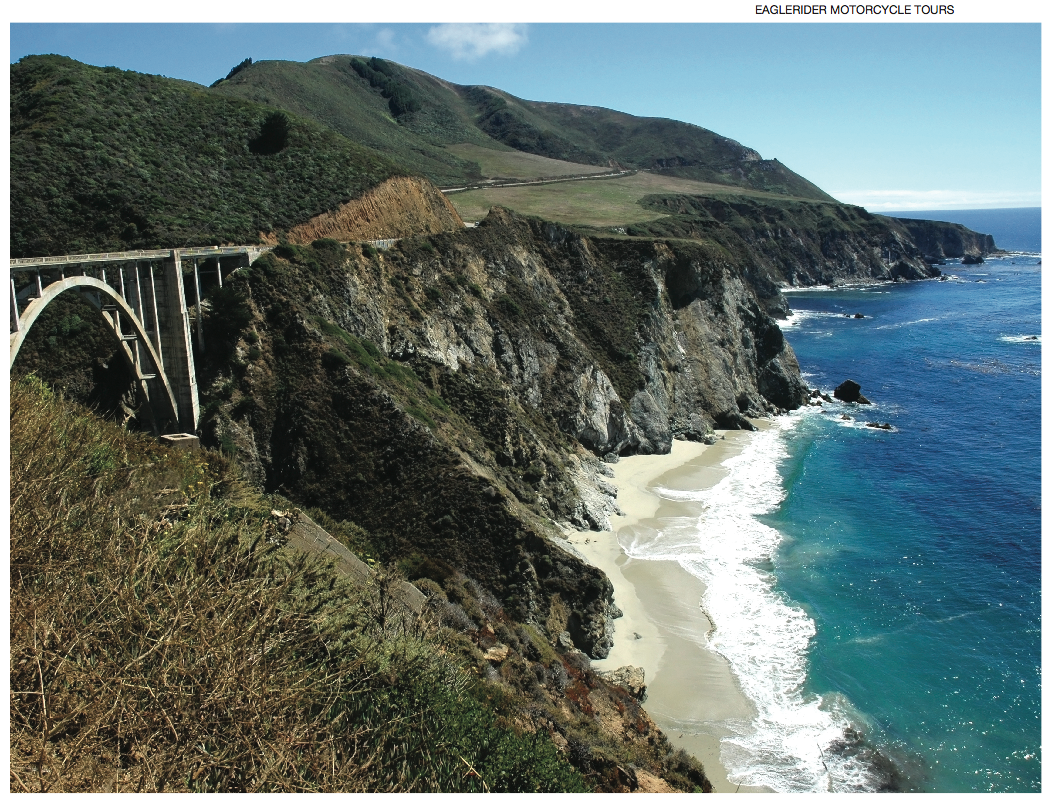

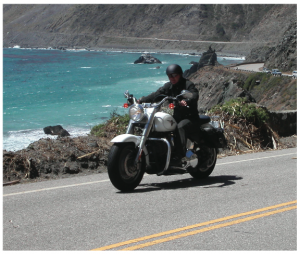


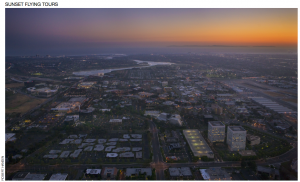 Some of Sunset Flying’s itineraries include the Sunrise Dream Flight, a pre-dawn cruise over Southern California as everyone else crams onto the freeway and heads to work; the Sunset Dream Flight—a course over LAX, downtown LA and Hollywood as day turns into night and the bright lights start to come on; and the Night Dream Flight, which begins over the Queen Mary and Long Beach, hugs the Orange County coastline and finishes with a rare birds-eye view of Disneyland’s nightly fireworks. Sunset Flying is unique, as it is the only recreational flight touring company with access to fly in the restricted airspace over Disneyland.
Some of Sunset Flying’s itineraries include the Sunrise Dream Flight, a pre-dawn cruise over Southern California as everyone else crams onto the freeway and heads to work; the Sunset Dream Flight—a course over LAX, downtown LA and Hollywood as day turns into night and the bright lights start to come on; and the Night Dream Flight, which begins over the Queen Mary and Long Beach, hugs the Orange County coastline and finishes with a rare birds-eye view of Disneyland’s nightly fireworks. Sunset Flying is unique, as it is the only recreational flight touring company with access to fly in the restricted airspace over Disneyland.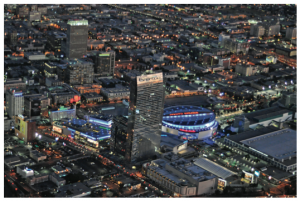
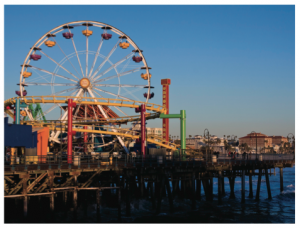 If guests mention that they’re staying at The St. Regis Monarch Beach and were referred to Sunset Flying, they also receive a complimentary pickup from the resort, transportation to the tarmac and a ride back to the resort—not a bad liftoff for adventure.
If guests mention that they’re staying at The St. Regis Monarch Beach and were referred to Sunset Flying, they also receive a complimentary pickup from the resort, transportation to the tarmac and a ride back to the resort—not a bad liftoff for adventure.

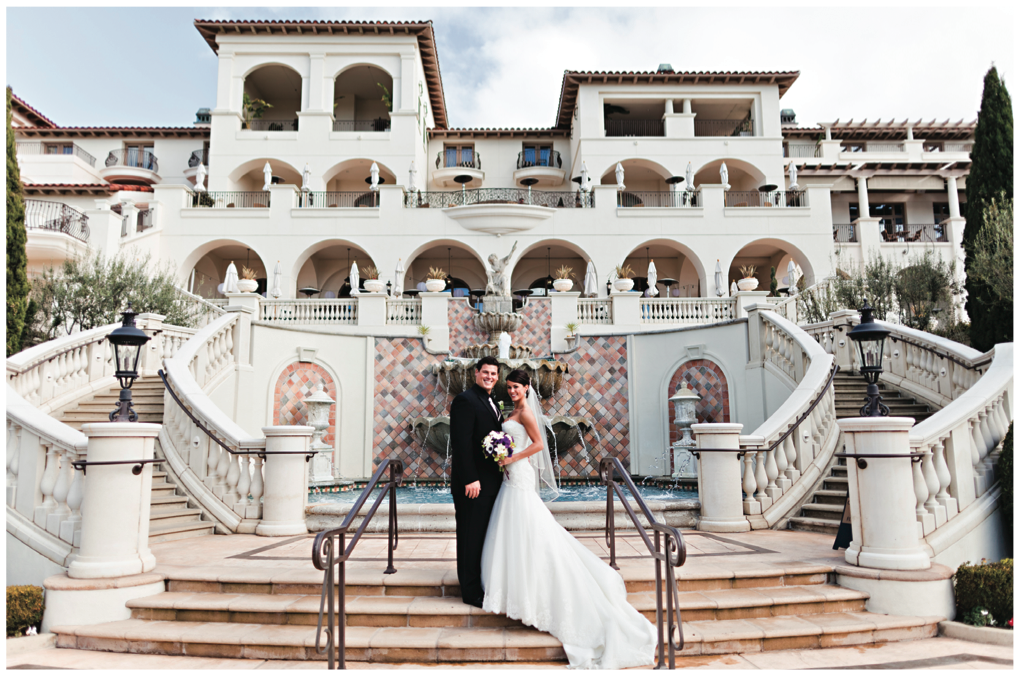
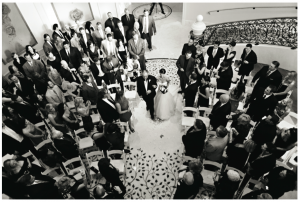




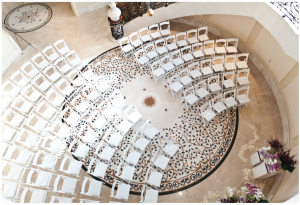 Some guests apparently wish for the same. Meghan recently received a note from a friend who requested that they have an anniversary party at the St. Regis each year.
Some guests apparently wish for the same. Meghan recently received a note from a friend who requested that they have an anniversary party at the St. Regis each year.